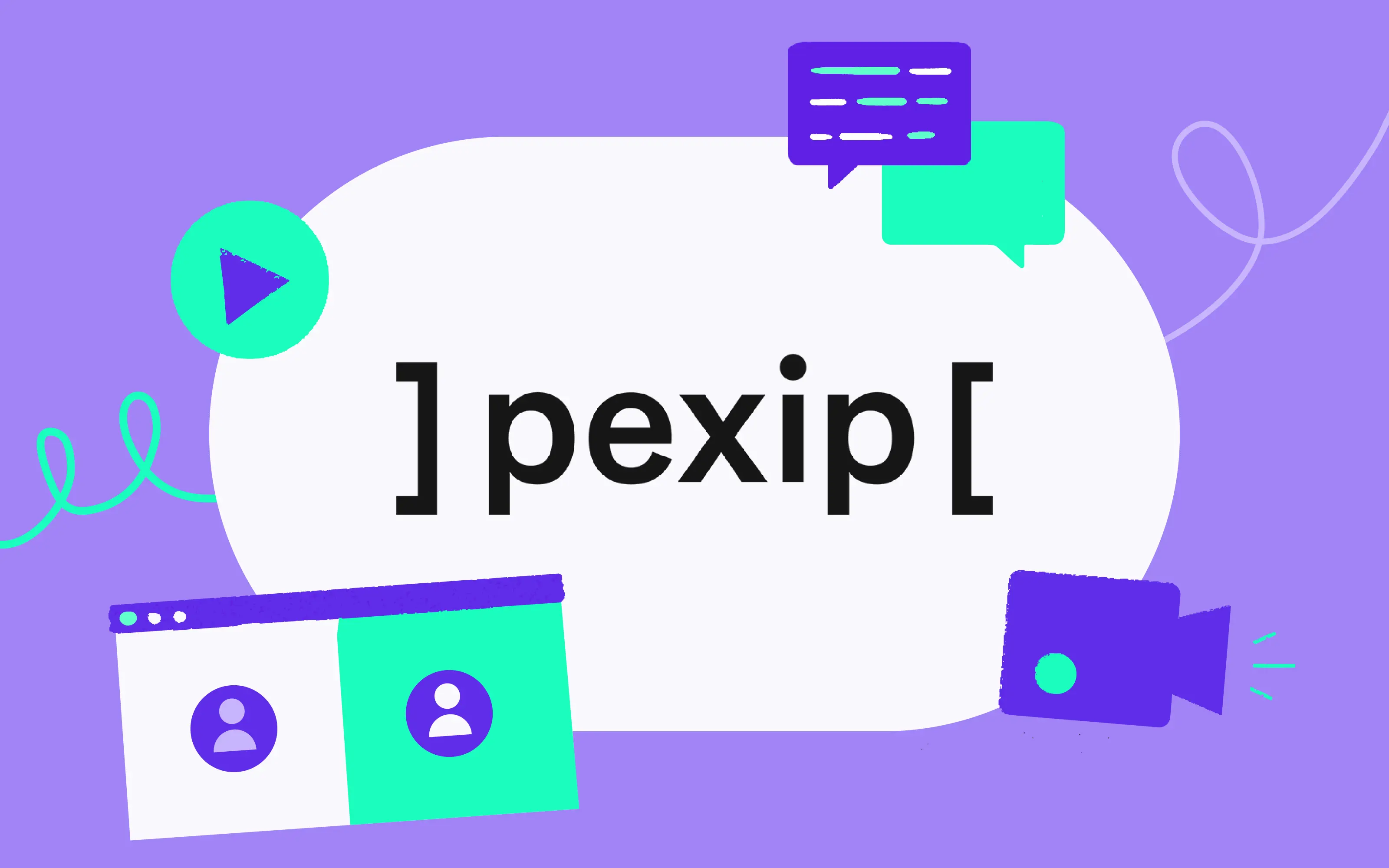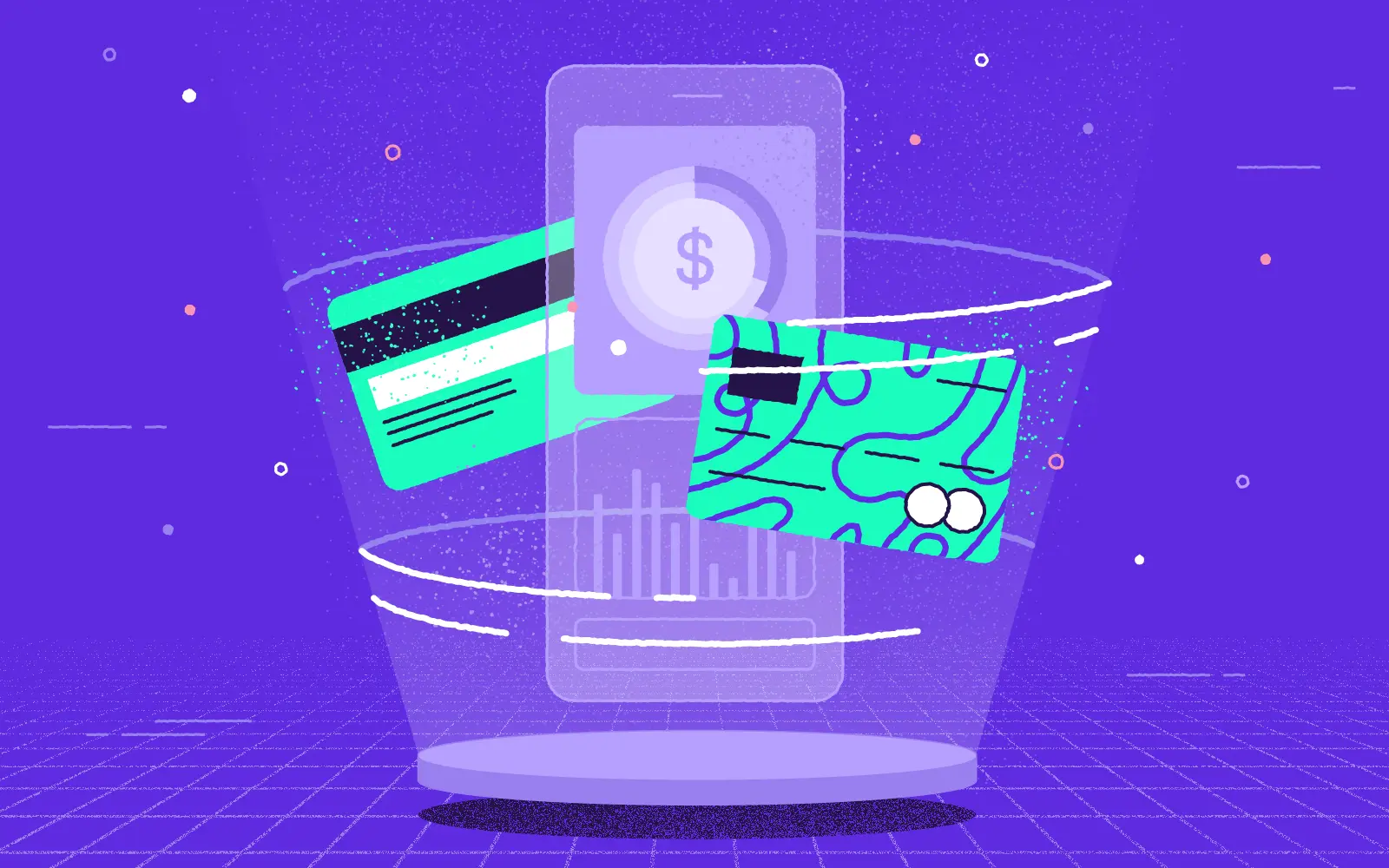Virtual branch — Video as the Key to Enhanced Customer Experience
16.05.2022 | 9 min read

10Clouds is working with Pexip to deliver the best market solution for creating Virtual Branch - a product for digitally improved customer experience. It’s focused on convenient access to competencies that banking clients look. Also, on building relationships. Pexip offers private and secure video-conferencing solutions and its software-based meeting platform can be used as a foundation for service provider offerings. Its solutions are being used by companies all over the globe.
We spoke to Dawid Kolasa, Regional Sales Manager at Pexip to find out more about Pexip’s work in the context of virtual branches and the future of traditional banking.
Marta Klepka: Could you tell us a bit more about Pexip? You’ve grown super fast. What are your plans for the immediate future?
Dawid Kolasa: Sure. So, technology and workplace habits have come a long way over the last couple of decades, but the challenge of connecting devices and platforms remains. Pexip solves this by providing best-in-class interoperability, including Microsoft Teams, Skype for Business and Google Hangouts Gateway interop, video system device registration and a world-class meeting and calling service. Since 2015, we’ve grown about 70-100% year to year. Our goal has always been to show the world that the way in which we communicate could be really effective across different industries. Meetings have always been important to people, and of course with the pandemic, most of our work became increasingly remote. We wanted to produce a meeting environment in which people would be just as productive as during in-person meetings.
What is the origin of Pexip collaboration with 10Clouds on digital products for the banking industry?
People at 10Clouds were researching the market and looking for a solution that could fit into the request of one of the Polish banks. One of the most important things was that the video platform complained about regional regulations in terms of storing the data in the cloud. Which from a business perspective should be a standard but unfortunately is not. Pexip was built from the ground up within the constraints of a Defense-in-Depth cybersecurity architecture. In addition, we can offer a lot of freedom in the space of customization which lead us to become partners in this area.
What are some challenges that you see when it comes to productivity and video production?
First of all, there’s the well-known difference in meeting etiquette. In the pre-COVID19 world, if you were a couple of minutes late for a meeting, nobody would bat an eyelid. In the remote world, that’s not the case and people tend to become more impatient.
There’s also video conferencing exhaustion, because people often just have enough of staring at a screen all day. Finally, there’s the question of processes. Because traditionally, companies would choose a video platform that they thought was decent enough for what they needed, and would adapt their processes around it. After some time though, they began to think differently. They no longer want to change their workflows to suit the application. Instead, they want to have an app that works for them and their needs. We’re talking mostly about the B2C market here. If you look at banking, healthcare and retail, all of these industries now want to be a little closer to their customers. Companies are also much more educated on various issues. Like security, which is always a concern.

Let’s delve a little deeper into security. Because Pexip’s offer is one of the safest on the market. How did you nail this market need?
Sure. So if you asked the many current cloud-based videoconferencing providers whether their platforms are safe, they will of course, give you hundreds of reasons for why this is the case. And in many cases, yes, it’s safe. But on top of basic security we should remember that there are plenty of regulations. These depend on your locality and the vertical markets on which you are focused.
Pexip uses industry-standard encryption and security protocols to control access and to prevent unwanted audiences from listening in. But crucially, in addition, to
provide information security in areas that encryption cannot address, Pexip has been developed from the ground up within the constraints of a Defense-in-Depth cybersecurity architecture.
Our cyber architecture focuses on applying a holistic approach to security and is designed to address all aspects of the threat model, including application, network, and operational security elements.
Our approach to a secure video platform adheres to the strictest security standards established by such risk management frameworks as GDPR, NIST SP 800-37, ISO 27001, PCI DSS, and HIPAA, among others.
Every time a customer is aware about the security we provide, we feel satisfied that we’ve achieved what we set out to do. And we've worked with a lot of clients over the years, which we're very proud of. This includes the US Air Force, the Norwegian Government Security and Service Organization, the US Environmental Protection Agency, and the Federal Employment Agency in Germany.
OK. So I want to circle back to what you said about B2C companies wanting to be closer to their customers. How do you think the video enables better customer engagement?
This is something that we’ve definitely observed on the market, and the key here is ease of use. Customers don’t want to install special software, or have to manipulate anything in the app to get connected. There is plenty of information out there from organizations about how people want to communicate with their solutions providers.
Let’s take a look at an example from the world of finance. So last year I was at an industry event in which one of the Vice Presidents of the board of a Polish bank said that they’d done a survey of customers to find out whether they had a need to visit a bank branch in order to conduct their financial activity. As many as 70% of respondents said that they don't see any reason to conduct their banking in person. They want to communicate with their bank remotely. And it will likely be a very similar response if you conducted the same survey among telehealth companies, healthcare companies, education providers, and retail businesses.
Let’s now take the example of Beiersdorf AG. It is a German multinational company that makes personal care products and pressure-sensitive adhesives and sells them. Beiersdorf's business is split into two different parts: consumer business and Tesa. The consumer business is mostly about skin care, while the Tesa business is about self-adhesive products. Beiersdorf also owns brands like 8x4, Eucerin, Labello, La Prairie, Hansaplast, and Florena, in addition to Nivea. The company's business problems were that the systems didn't work well together, the cost of the video platform or infrastructure was high, and we didn't have control over our meeting data. We were able to make the organization work better together, make it easier for people to join and host video meetings, and, most importantly, cut the cost of video conferencing.
What do you hear business clients say after they implement your solutions?
It's very dependent on the customers. We’ve frequently met with customers who are fully aware of what they would like to achieve. They know their pain points, strengths and goals. But on the other hand, there are many others who just have a vague idea of these. In both cases, using our solutions changes the way that they approach their customers for the better.
The end users themselves also have very different approaches to technology. There will be many who remain skeptical of it and want to retain some level of human interaction with an advisor. So really it’s all about educating customers, so that they don’t fear change, but embrace it and recognize its benefits.
And at the same time, we need companies who will be pioneering a new way of approaching customers and will be the trendsetters for a new way of communicating. That is also a reason we decided to collaborate with 10Clouds on the Virtual Branch project.
Virtual banking enables players in this industry to stand out in the very competitive market. Business clients are demanding more and more, and they want their banking experience to be convenient and tailored to their needs. An embedded video channel is a solution for effective communication between various representatives of the client and the bank.
For me, the discovery phase, when we learned about the product and listen to the bank’s challenges and expectations, is crucial for the success of the entire project. Every product, especially an application, must meet a series of milestones and check all the boxes before launch. The measure of success is always the number of users. The discovery phase was one of the pillars that get me personally interested in working with 10Clouds.
What do you think is the next big thing for video communication?
What we can see on the market from a range of different companies is that hybrid work is here to stay. The main question here is what path the video conferencing industry is likely to take.
Many companies are highly aware of the importance of security, and they want to build a hybrid environment based on which part of their staff are in the cloud and part are on premises in their own data centers.
And there are still many different approaches to privacy surrounding critical meetings. Let’s illustrate this with an example. Imagine that you are a board of director of a big company and you are planning to acquire a different company which will have a huge impact on stock prices. You might consider not doing this via video conferencing. Maybe your local regulations state that the most important critical meetings should be done locally.
There’s also the possibility that for whatever reason (politics, war, economic decisions, etc). a particular platform decides to ban an individual, as was the case with Donald Trump and Facebook.
We need to remember that every country has a different approach. Every country has different regulators. Together they combine to form a pain point that needs solving. And I feel that here a solution such as Pexip can prove really useful.

Last but not least let’s talk about how do you envision the future of Virtual Branch project and your role in it? Do you have Banking and FinTech clients in your portfolio?
Pexip’s solutions are utilized in banks and other financial institutions, they have been for years. Our products are used by APG, Vontobel, Henner Group or Nordea. What was a common point for all our clients was how they used the products for internal communication and conference calls with other B2B partners. The last two years showed how much customers want to use financial services from the comfort of their homes, in a digital way. A bank’s virtual branch is not in the future; it’s a very current market need.
With its engine for videoconferences, Pexip can enable contact with banks. From the comfort of the home, while flying over the Atlantic, in a car. The bank, on the other hand, will be able to verify the customer’s identity, present the solution, and finalize a transaction. The process is rich with details that can be directly implemented into the bank’s systems, effectively simplifying employees’ lives. This is a classic win-win situation. I’m very confident that through the valuable cooperation with 10Clouds, we are very close to making it happen.
Thank you so much for your time.



